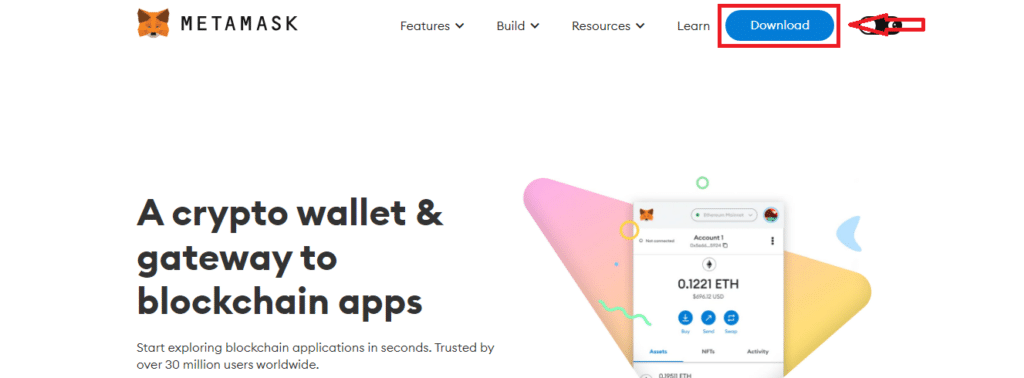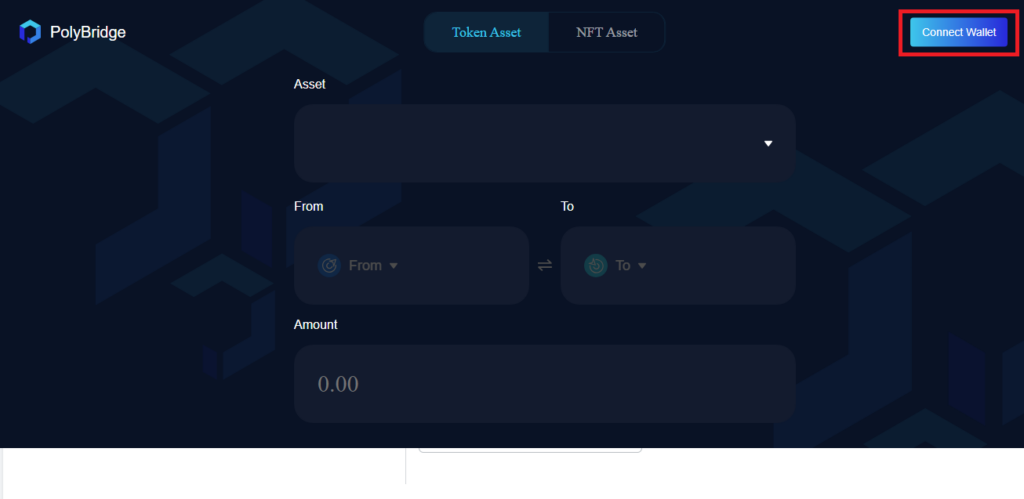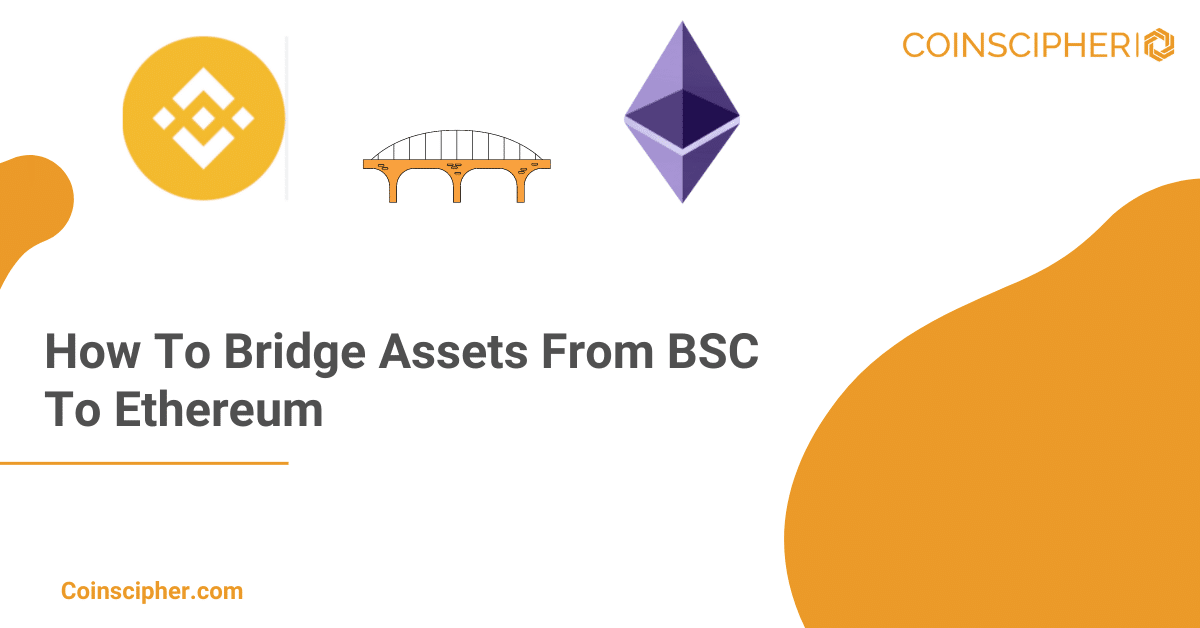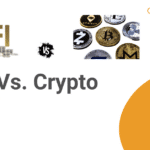Blockchain technology has revolutionized the way we deal with digital assets.
Binance Smart Chain (BSC) and Ethereum are two prominent blockchains that have made significant contributions to this revolution.
Bridging assets between these blockchains allows for greater flexibility and interoperability. This article will guide you on how to bridge from BSC to Ethereum.
How to Bridge Assets From BSC (Binance Smart Chain) To Ethereum
Bridging from BSC to Ethereum can be done in a few simple steps:
- Ensure you have the necessary assets in your BSC wallet.
- Connect your wallet to a bridge service.
- Select the asset you want to bridge.
- Confirm the transaction and wait for the process to complete.
Recommended bridge platforms:
- Metamask & AnySwap
- Binance Bridge
- Poly Network
Read More: How to Add Metis (Andromeda network) to Metamask
Bridge From BSC to Ethereum Using Metamask and AnySwap
- Install and set up MetaMask Wallet: First, you need to have MetaMask installed on your browser. MetaMask is a popular Ethereum wallet that can also be configured to work with BSC. You can download it from the official website.

- Configure MetaMask for BSC: After installing MetaMask, you need to configure it to work with BSC. You can

- Transfer your assets to MetaMask: Once your MetaMask wallet is set up for BSC, transfer the assets you want to bridge from your BSC wallet to your MetaMask wallet.
- Connect to AnySwap: Navigate to the AnySwap website and connect your MetaMask wallet.
- Bridge your assets: Select the asset you want to bridge, enter the amount, and select Ethereum as the destination chain. Confirm the transaction in MetaMask and wait for the process to complete.
Bridge Fees
AnySwap charges a fee for bridging assets. The exact fee can vary depending on the asset and the amount being transferred.
Benefits
AnySwap supports a wide range of assets and blockchains, providing flexibility for users. It also has a user-friendly interface that makes the bridging process straightforward.
Process Time
The process time can vary depending on network congestion and the asset being transferred. It’s always a good idea to check the transaction status on a blockchain explorer.
Customer Service
For support, you can reach out to AnySwap at support@anyswap.exchange.
Bridge From BSC to Ethereum Using Binance Bridge
- Navigate to Binance Bridge: Go to the Binance Bridge website.
- Connect your wallet: Connect the wallet where your BSC assets are stored. This could be a Binance Chain Wallet, MetaMask, or any other wallet that supports BSC.
- Select the asset and the amount: Choose the asset you want to bridge and enter the amount.
- Select Ethereum as the destination: Choose Ethereum as the destination blockchain and provide the address of your Ethereum wallet.
- Confirm the transaction: Review the details and confirm the transaction. Wait for the process to complete.
Bridge Fees
Binance Bridge may charge a fee for bridging assets. The exact fee can vary depending on the asset and the amount being transferred.
Benefits
Binance Bridge is backed by Binance, one of the largest and most reputable cryptocurrency exchanges in the world. It supports a wide range of assets and blockchains.
Process Time
The process time can vary depending on network congestion and the asset being transferred. It’s always a good idea to check the transaction status on a blockchain explorer.
Customer Service Email
For support, you can reach out to Binance at support@binance.com.
Read More: Bridge Assets From BSC To Avalanche
Bridge From BSC to Ethereum Using Poly Network
- Navigate to Poly Network: Go to the Poly Network website.
- Connect your wallet: Connect the wallet where your BSC assets are stored. This could be a Binance Chain Wallet, MetaMask, or any other wallet that supports BSC.

- Select the asset and the amount: Choose the asset you want to bridge and enter the amount.

- Select Ethereum as the destination: Choose Ethereum as the destination blockchain and provide the address of your Ethereum wallet.

- Confirm the transaction: Review the details and confirm the transaction. Wait for the process to complete.
Bridge Fees
Poly Network may charge a fee for bridging assets. The exact fee can vary depending on the asset and the amount being transferred.
Benefits
Poly Network supports multiple assets and has a user-friendly interface. It also supports cross-chain transactions, providing flexibility for users.
Process Time
The process time can vary depending on network congestion and the asset being transferred. It’s always a good idea to check the transaction status on a blockchain explorer.
Customer Service
For support, you can reach out to Poly Network at support@polynetwork.org.
Read More: How to Bridge BSC to Polygon (MATIC) with xPollinate
To Wrap Up
Bridging assets from BSC to Ethereum opens up a world of possibilities for what you can do with your digital assets. The process, whether you’re using a general method or an alternative protocol, aims to provide greater flexibility and interoperability between different blockchains.
The methods outlined in this guide, including using MetaMask with AnySwap, Binance Bridge, and Poly Network, are just a few of the ways you can bridge assets from BSC to Ethereum. Each method has its own unique steps and procedures, but they all share the same goal: to facilitate the seamless transfer of assets between blockchains.
It’s important to remember that the world of blockchain is continuously evolving. New methods and technologies for bridging assets are being developed all the time. As such, it’s crucial to stay updated and informed about the latest developments in the space.
In conclusion, bridging assets from BSC to Ethereum is a powerful tool in the world of digital assets. It allows for greater flexibility, enabling you to maximize the potential of your assets. As the blockchain space continues to grow and evolve, as will the methods and technologies for bridging assets, making it an exciting area to watch in the future.
Read More: What Is DeFi Gaming?
About Ethereum (ETH)
Ethereum is an open-source, blockchain-based platform that enables developers to build and deploy decentralized applications (dApps). It was proposed in late 2013 by Vitalik Buterin, a cryptocurrency researcher and programmer. Launched in 2015, Ethereum is the pioneer for blockchain-based smart contracts, which automatically execute transactions if certain conditions are met. The Ethereum network has its own native cryptocurrency, Ether (ETH), which is primarily used for two purposes: as a digital currency like Bitcoin and is used inside Ethereum to run applications and even to monetize work.
About Binance Coin (BNB)
Binance Coin (BNB) is the native cryptocurrency of the Binance exchange, one of the largest and most popular cryptocurrency exchanges in the world. Launched in 2017, BNB was initially an ERC-20 token on the Ethereum blockchain but has since become the native currency of Binance’s own blockchain, the Binance Chain. BNB has several uses, including paying for trading fees on the Binance exchange, participating in token sales on the Binance launchpad, and more. BNB also powers the Binance Smart Chain, a blockchain platform that runs smart contract-enabled applications similar to Ethereum.




